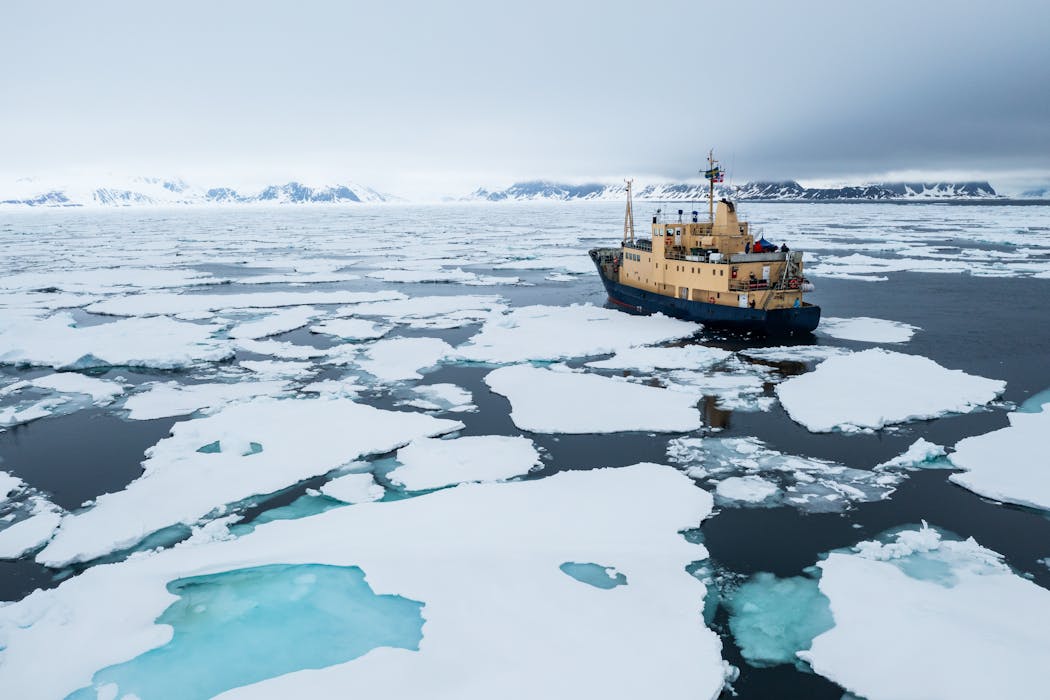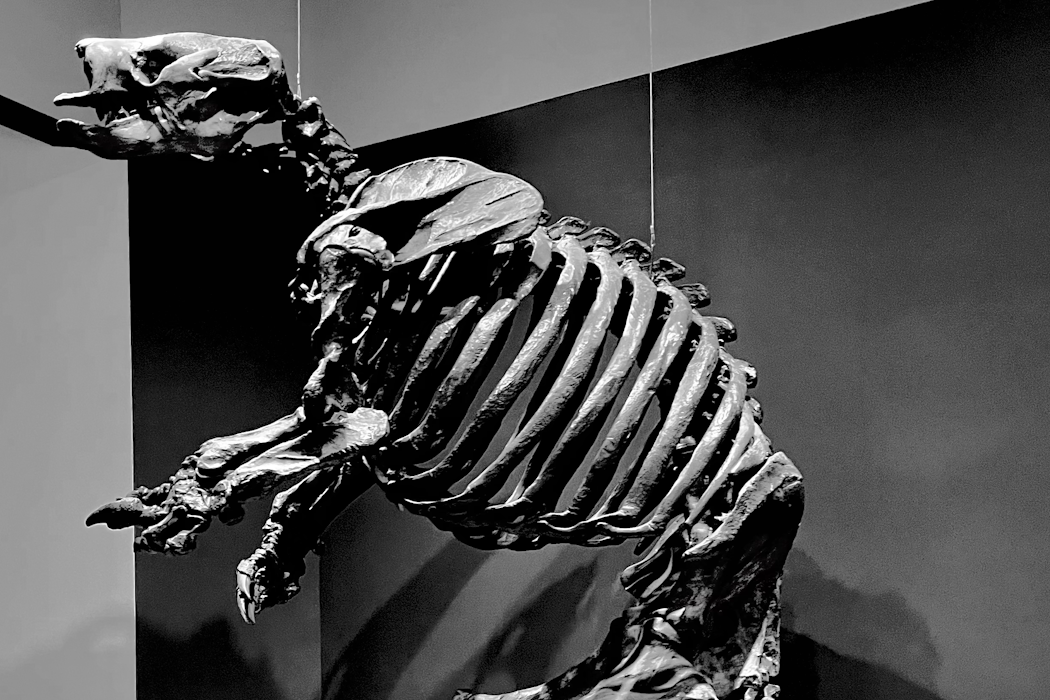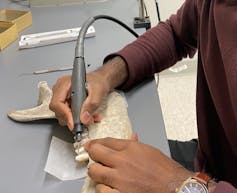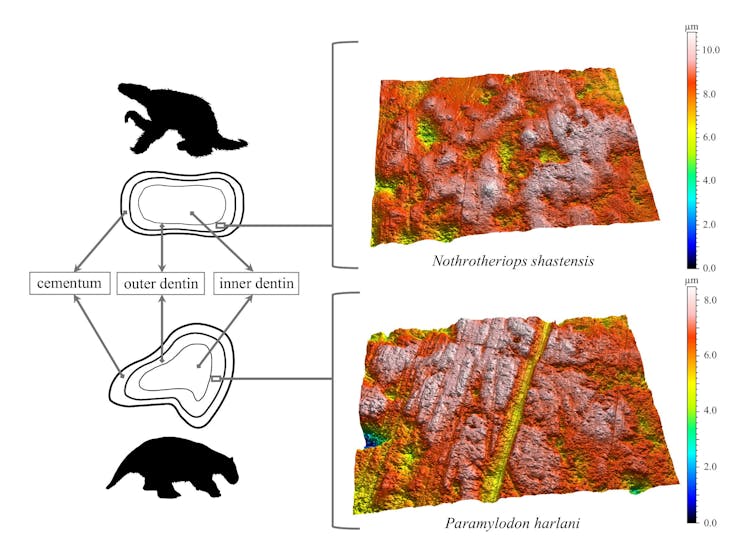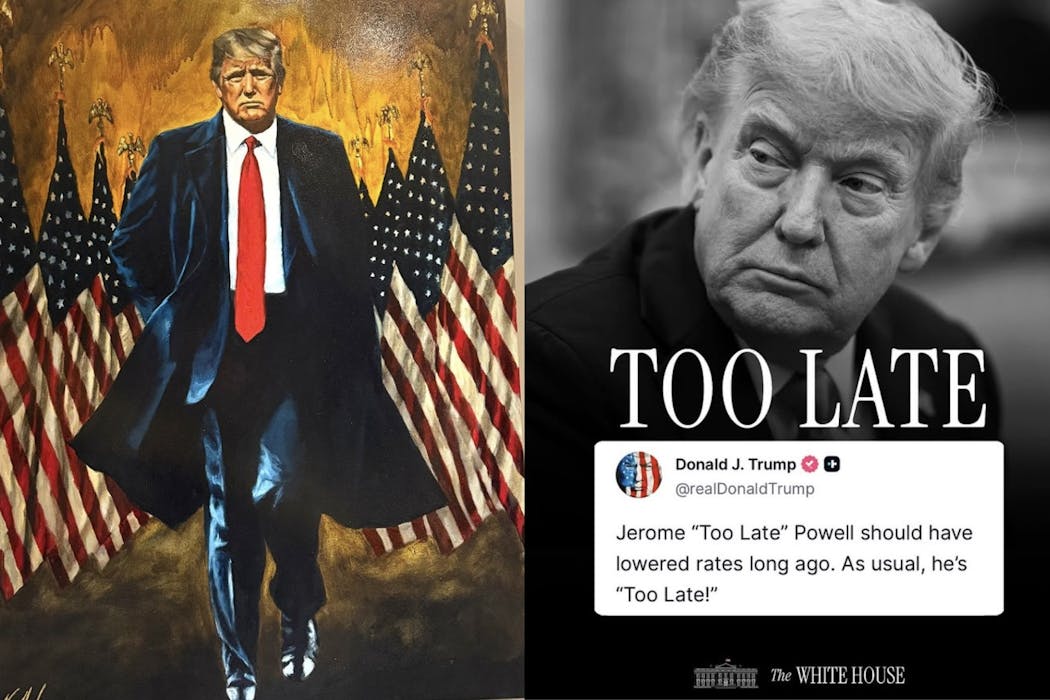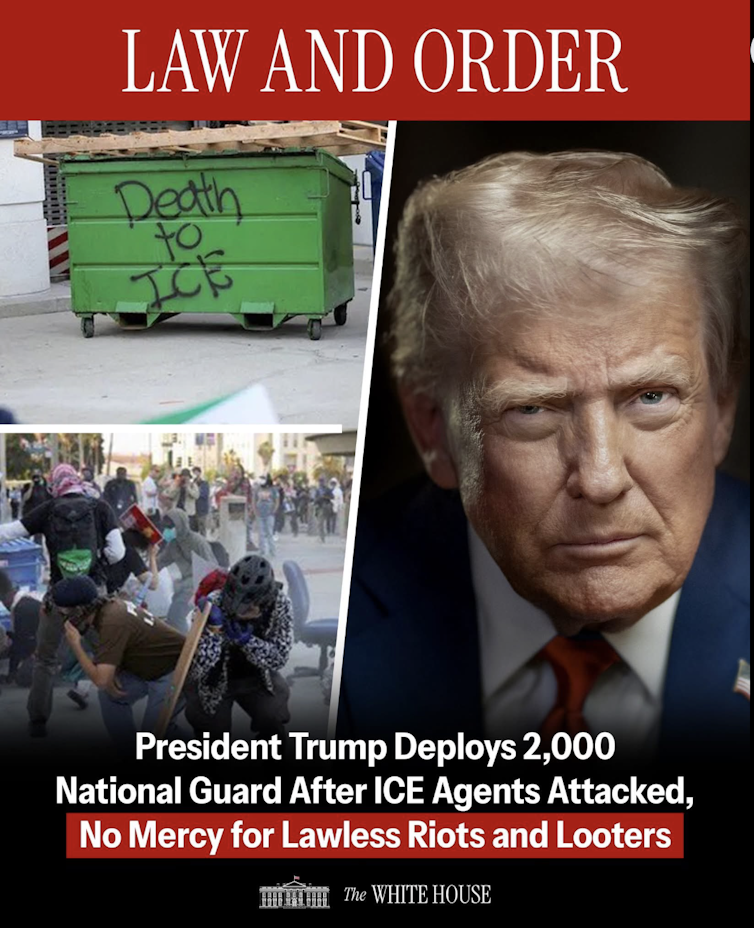Source: The Conversation – (in Spanish) – By Ana Belén López Tárraga, Investigadora en el Grupo de investigación Territorio, Innovación y Desarrollo (TEIDE), Universidad de Salamanca
Comer bacalao forma parte de la cultura gastronómica española. Bacalao a la tranca, a la vizcaína, en potaje o en brandada… ¿Quién no ha probado alguno de estos platos? Pues bien, si lo ha hecho, por unos momentos ha estado conectado con el Polo Norte, porque gran parte del bacalao que comemos viene del océano Ártico.

Ana Belén López Tárraga, CC BY-NC-SA
Este detalle curioso muestra que España está más unida a las regiones polares de lo que parece. Aunque estén muy lejos, los polos han influido en su historia, su economía y también en su forma de vida.
El interés por estos lugares viene de hace siglos. En el siglo XVI, pescadores y balleneros del norte del país viajaban a los mares de Terranova y Labrador, en la actual Canadá. Allí cazaban ballenas y pescaban bacalao, productos muy valiosos entonces. Aquellos viajes fueron los primeros contactos entre España y el Ártico.
En 1603, el navegante Gabriel de Castilla escribió que había visto tierras antárticas durante una expedición por Tierra del Fuego, entre Argentina y Chile. Es posible que fuera el primer europeo en describir el continente blanco. Esas expediciones no solo fueron comerciales: también iniciaron la observación científica de las zonas polares.
De la exploración a la ciencia
Con el tiempo, los polos dejaron de ser territorios de exploradores para convertirse en laboratorios naturales. Allí se estudian temas clave como el cambio climático, la vida marina, los océanos y la atmósfera. Lo que ocurre en el Ártico o en la Antártida afecta directamente al clima y a los mares del mundo.
España, aunque no tiene territorio polar, ha desempeñado un papel importante en la investigación antártica. Desde 1987 organiza cada verano una Campaña Antártica en la que los científicos estudian el hielo, el clima y los ecosistemas. Además, España cuenta con dos bases científicas: la Juan Carlos I y la Gabriel de Castilla, situadas en las islas Shetland del Sur.
En estas misiones colaboran universidades y centros de investigación de todo el país. Sin embargo, la presencia española en el Ártico ha sido menor. No hay bases propias, y la mayoría de los estudios se realizan con el apoyo de otros países.

Ministerio de Ciencia, Innovación y Universidades, CC BY-NC-SA
Leer más:
¿Qué papel geopolítico y científico tiene España en los dos polos?
Un plan que espera convertirse en realidad
En 2016, el Ministerio de Ciencia publicó las Directrices para una Estrategia Polar Española. Este documento marcaba las ideas que debía seguir España para fortalecer su presencia en los polos.
El plan se dividía en tres partes: investigación científica, apoyo logístico y acciones sectoriales.
En la parte científica, se pedía mantener una observación continua del entorno polar. También crear un programa nacional de seguimiento a largo plazo y reforzar el Centro Nacional de Datos Polares. Se propuso apoyar a jóvenes investigadores, promover la cooperación con otros países y acercar el conocimiento polar al público.
En la parte logística, el objetivo era mantener y modernizar las bases antárticas y mejorar el transporte marítimo y aéreo que las abastece. Además, se recomendaba cooperar con otras naciones para compartir recursos, reducir costes y cuidar el medio ambiente.
Por último, en las acciones sectoriales, se destacaba la importancia de la pesca sostenible. Este sector es clave para la economía española. La estrategia proponía una gestión responsable de los recursos marinos y una participación activa en los foros internacionales que deciden sobre la protección de los océanos.
¿Por qué España debería ponerse al día?
Han pasado casi diez años desde que se publicaron esas directrices. Aun así, España no ha convertido el plan en una estrategia real. Esto ha hecho que el país avance más despacio que otros.
Mientras tanto, Francia, Alemania y el Reino Unido, que tampoco son países árticos, ya tienen políticas polares consolidadas. También China e India han desarrollado programas ambiciosos de investigación y cooperación. Estas naciones han entendido que el Ártico y la Antártida son espacios esenciales para la ciencia y la sostenibilidad del planeta.
Leer más:
El deshielo de Groenlandia, un altavoz del cambio global y sus impactos
Vivimos un momento marcado por la crisis climática y el deshielo acelerado. España tiene la oportunidad de ponerse al día y actualizar su estrategia. Una política moderna permitiría reforzar la ciencia, asegurar financiación estable y mejorar la coordinación entre ministerios e instituciones.
Además, serviría para planificar mejor las operaciones logísticas, mantener las bases en buen estado y aumentar la cooperación en el Ártico. También ayudaría a unir la investigación con la economía, impulsando sectores sostenibles como la pesca, la tecnología marina y las energías limpias.
Leer más:
La pesca mundial frente al cambio climático: un éxodo hacia los polos
Una apuesta por el futuro
Tener una política polar actualizada no es solo una cuestión científica. Es también una forma de asumir responsabilidad global ante los retos del siglo XXI. Los polos son el termómetro del planeta: lo que ocurre allí nos afecta a todos.
España tiene la experiencia, el conocimiento y las alianzas necesarias para desempeñar un papel más activo. Convertir las directrices de 2016 en una estrategia concreta permitiría aprovechar el trabajo ya hecho y situar al país entre las naciones que lideran la protección y el estudio de las regiones polares.
Hablar de los polos no es hablar de lugares lejanos. Es hablar del futuro del clima, de los océanos y de la vida en la Tierra.
![]()
Ana Belén López Tárraga no recibe salario, ni ejerce labores de consultoría, ni posee acciones, ni recibe financiación de ninguna compañía u organización que pueda obtener beneficio de este artículo, y ha declarado carecer de vínculos relevantes más allá del cargo académico citado.
– ref. España, a tiempo de no quedarse atrás en la carrera por los polos – https://theconversation.com/espana-a-tiempo-de-no-quedarse-atras-en-la-carrera-por-los-polos-266685

